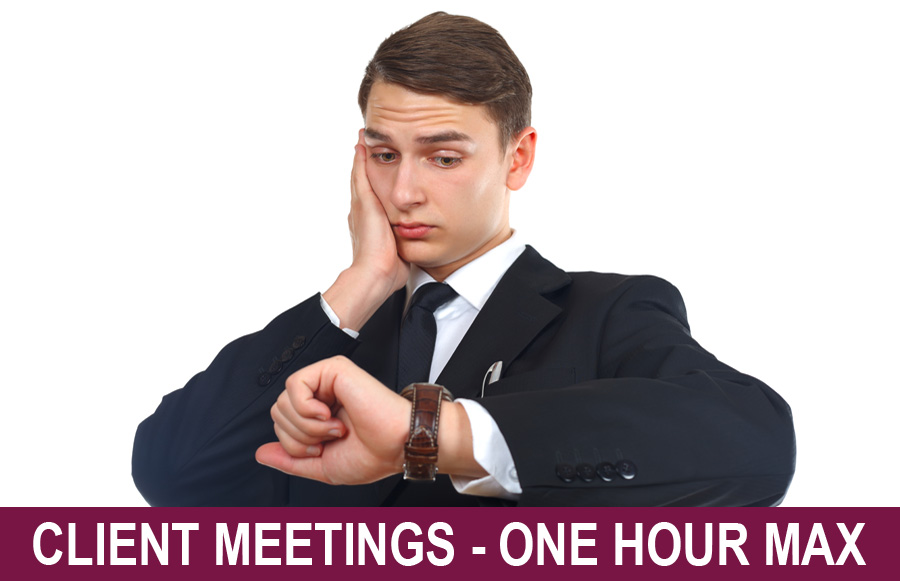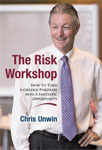CHRISISM #39 - Client Meetings – One Hour Max
18 April 2017

What would be the average duration of your initial client meeting? If the answer is typically much more than one hour, then there are some home truths you need to be aware of.
What do you think is the attention span of the average adult? The answer is approximately 20 minutes. So even if the duration of your first client meeting is only one hour, you are already faced with the challenge of keeping your client’s attention for three times their normal attention span. Clearly, once you enter the realms of one and a half hours or even more, then your chances of holding their attention let alone seeing them for a second time diminish substantially.
When I run my Risk Workshop and advisers realise that my initial advice process involves four face to face meetings, many of them throw up their hands and say “I have enough of a problem getting my client along to two or possibly three meetings, but there’s no way I could get them to four!” This is an understandable assumption; however, what I have found over the years, especially with my most time poor clients, is that they are actually more comfortable with the concept of three one hour max. meetings to conclude business than with the concept of a one and a half hour (or more!) meeting followed by a two to two and a half hour meeting to conclude business. Please note that the fourth meeting is the “Policy Explanation” meeting, which will be the topic for my next “Chrisism”.
It would seem that the typical time poor client is comfortable with numerous meetings as long as they know that they only have to allocate a one hour time slot to each meeting. Once you set a precedent at that first meeting that lasts 90 minutes or more, the client will associate a meeting with you as them having to allocate more than a bite size portion of time, and it thereby becomes harder to get them back in front of you.
When you analyse your first client meeting, there probably a number of ways in which you could exercise more control over the duration of the meeting. Here are just a few for you to consider:-
1) Don’t overdo the time you spend at the very beginning of the meeting establishing a rapport with the client. If you uncover a commonality of interest in say a sport or any other hobby/pursuit, then there is a tendency to go on talking about whatever it is for far too long and all of a sudden 20 minutes have gone by and you are now well behind the eight ball timewise. Take this commonality of interest as an opportunity to preposition a second meeting, as follows:- “God, we could go on talking about the footy for ever, couldn’t we, but we’d better get down to business and we can pick up that discussion again at our next meeting.”
2) The most common way in which initial client meetings stretch out unnecessarily is when the adviser starts getting technical or talking about product. Please make sure that your first meeting is only about concepts, principles and outcomes and that way you will be able to conform to the aforementioned time constraints.
3) Don’t get taken off on irrelevant tangents by your client. The better a job you are doing i.e. the more the client feels they are getting committed to action, the more likely it is that they will try and take you off on a tangent as it is human nature to resist commitment. So if they ask you a question that has nothing to do with what you are talking about, just say:- “That’s a great question and I’ll come back to it later” and keep going!
4) If you are brutally honest when analysing your first client meeting, you will probably have to admit that you do your fair share of ‘waffling’, so make sure you are using your ears and mouth in the proportion that they were given to you i.e. you should be doing twice as much listening as talking.
If you want to fine tune your client engagement skills in the risk advice space, then come along to my Risk Workshop in your capital city in July. You will receive details of this from my website soon.
| 




